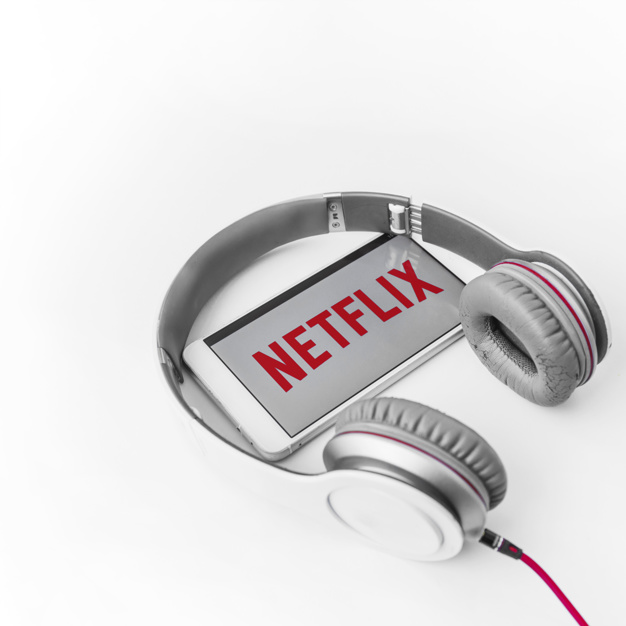Netflix and Amazon venturing into the world of High-Resolution Audio
Did you watch Netflix over the weekend? You might have noticed it sounding better. That’s because, on May 1, 2019, Netflix started implementing what they are calling “High-Quality Audio." Essentially, in the review room, the episode of Stranger Things was not as clear as it was on the mixing stage, so Netflix’s sound engineers decided to re-tool the audio for better quality and clarity. High-quality (or high-resolution) audio recreates a more accurate representation of the intended mix while creating a richer, more intense experience; ultimately meaning high bitrate support and better compression techniques.

Of course, not everyone will be able to really benefit from these new improvements. Since every household TV or streaming device might not support the high-resolution audio due to technological or bandwidth limitations, Netflix has made the feature adaptive, so that you’ll get the best audio to match your capabilities, just like it already does with its video stream.
Most TVs or devices that support 5.1 or Dolby Atmos are capable of receiving better sound. Depending on your device and bandwidth capabilities, you maybe be able to acquire the following bitrate ranges:
- 5.1: From 192 (good) up to 640 kbps (great/perceptually transparent)
- Dolby Atmos: From 448 kbps up to 768 kbps (Dolby Atmos is available for members subscribed to the Premium Plan)
Netflix expects these bitrates to evolve over time as their encoding techniques get more efficient.
Perceptually Transparent
You might have a noticed a term just used – perceptually transparent – to describe the higher bitrate version. This means that there are no perceived differences between a studio master and audio that has been compressed. For Netflix, streaming at 640 kbps was the mark. Audiophiles might disagree that 768 kbps sounds the same as a master, but I guess we’ll see when it finally starts rolling out on a larger scale. But I don’t think anyone is going to complain about better audio.
The trend with media streaming since it’s genesis has always been a wide selection of sources followed by high resolution and quality of the imaging of those sources. Finally, high-resolution audio is catching up, and streaming services are realizing that a high-resolution image is only one side of the coin. The higher resolution audio can substantially increase your viewing experience. But the other question to ask is will most Netflix subscribers be able to tell the difference? That I can’t answer, but for those that are pickier about the audio quality coming from their streaming services and higher bitrates, then yes, it will make a substantial difference to your Netflix experience as a whole.
You can find out more technical information about Netflix’s High-Quality Audio implementation at their blog HERE.

Amazon is getting in the game
Amazon is also looking into increasing its music streaming services to include higher bitrates. Of course, there are already numerous high-resolution audio streaming services out there, but most are utilized and marketed to the audiophile community. A broad-consumer accessible service like Amazon could greatly challenge the current contenders like Tidal and Qobuz. Of the more average-consumer focused services, Spotify has the highest bitrate offering at 320 kbps, whereas Apple and Amazon currently only offer 256 kbps at the top. But according to recent reports, Amazon supposedly indicates that its high-resolution audio service will be “a better bitrate, better than CD quality.”
Improving audio quality across the board for streaming services, in general, is a great trend for the industry. Finally, more people will have access to high-resolution audio and will see how it impacts their experience with these restored details and less constrained mixes. Interested in learning more about high-resolution audio and popular streaming services today? We've put together a page with some additional info that we'll be updating regularly as rates and details change. Feel free to check it out HERE.
We'll be sure to let you know about any audio updates to popular streaming services in the future. If you have any questions, please post in the comments below! Happy listening!

